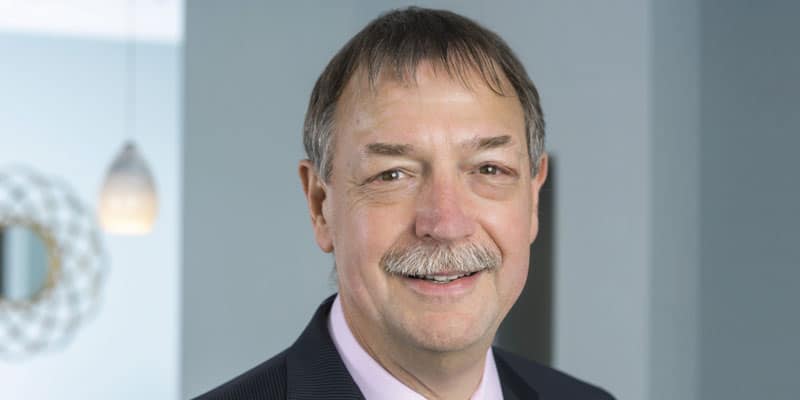Fewer tests, more time getting to know the patient, and treatments based in science allow us to think more about the patient than the numbers.

Imagine there’s no AHI. It’s easy if you try. No oxygen to measure, breathing is all you see. Imagine all the people, living for their health.
Huge apologies to Mr. Lennon. We must move away from what we know and allow ourselves to think more about the person than the numbers.
We learned to follow the numbers because in medicine it is often the best course – people’s symptoms are the result in disruptions to physiology that we can find in discrete biosignals. When blood sugar falls, people become pale, confused, and anxious.
Physicians observed people in hospitals with disturbed breathing and found a way to measure events that explained what they saw. When the airway closes, oxygen falls, people show characteristic signs; it’s easy to connect those dots and a whole segment of medicine formed around the results of the closing airway. Systemic consequences line up and doctors create therapies to recover health. In the part of sleep medicine that includes airway performance, treatment begins with resolving what can be measured – the airway blockages.
Dr. L. D. Pankey taught dentists to get to know their patients as part of the healthcare process. He said doctors couldn’t be as effective using what they know to help people until they and the patient understood how that treatment could benefit them. Drs. Hirshkowitz and Kryger wrote in Principles and Practices of Sleep Medicine in 2011 “High perceived benefit is the first, and perhaps the most important, step on the road to therapeutic acceptance and utilization.” Since patients can’t feel or measure their own AHI, they report to us their lifestyle problems – snoring, sleepiness, and other ways the poor sleep quality is affecting them. When our prescriptions match the patient’s perceived benefits, they apply the therapies we prescribe.
29 million Americans have sleep related breathing disorders. Since the founding of sleep medicine, the percentage of adults at risk that have been diagnosed, much less treated successfully, has barely budged. Perhaps it is because we clinicians have focused too much on what we know – what we can measure and how our therapies address the numbers, instead of how we can provide our patients the benefits they can feel and observe. What they perceive as success. Sleepy patients use their CPAPs, snorers, their oral devices.
We know it’s success when our device ‘solves’ the medical problem by comparing pre-treatment tests with follow-up measurements, conveniently not thinking about the hours our therapy is not being used.
Medicine is moving toward more a more ‘precise’ approach, taking into consideration more data, more expert labeling of the problem. Our field is incorporating endotypes, recognizing biochemical and biomechanical reasons why the airway functions poorly during sleep. More measurements, more data, more ways to address problems that don’t involve the patient’s perceptions. Soon, we’ll have pharmaceuticals to change the body’s response to carbon dioxide concentrations in the blood, reducing loop gain and/or raising the arousal threshold. Scientists and non-scientists have been training the body to manage CO2 for thousands of years using intentional breathing patterns. Which is the better way to address what we clinicians see?
Children breathing poorly suffer irreversible changes in brain development, with consequences no one will ever be able to measure. Recognizing and offering therapy to littles as early in life as possible is a benefit every caregiver can perceive. Fewer tests will be needed when clinicians spend more time getting to know the patient and offering treatments based in science but prescribed to meet what matters to them. It’s what we need to think about.
Besides getting to know the patient, Dr. Carstensen discusses other modalities to personalize patient care. Read his perspective here: https://dentalsleeppractice.com/its-never-the-same-the-second-time/




